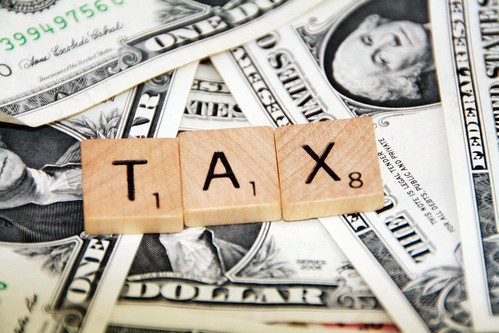
A good deal of the people that are at the top of their game talk about the need for meditation (link). I've always thought that meditation was a load of mumbo jumbo, but enough of them talk about it that I figured I should give it a shot. I decided to try that hippie nonsense for one month.
So for the past month, I've been using the Headspace app to do some guided meditations. This has been an interesting experience. I wasn't 100% sure it was doing me any benefit until I missed a session yesterday. The rest of the day after when I usually did my meditation was filled with anxiety.
I can't speak to all the different types of meditation that can be done, as I've only tried this one style. So I am only speaking as a very beginner, but I can echo the sentiments of Dan Harris in saying it makes me about 10% Happier.
So, why use an app like headspace when meditation could be completely free, all you need is your body and some air to breath? That answer is easy. I use Headspace because I'm lazy. All I have to do is start it and follow the instructions. The free version is really good, and the paid version has a bunch of different lesson plans and even achievements. Another thing I really enjoy about headspace is there is not the focus on any religion or crazy poses ( my hip mobility is not at a place where sitting cross-legged is even a remote possibility), it is just straight to the point. Sit somewhere comfortable and breath, not a lot of ceremonies involved.
My first few times trying meditation were quite challenging. I'm not a super high energy guy, but my mind is always zipping around. So sitting quietly I quickly became anxious and felt like this is just a huge waste of time. As the days passed, though, I started to feel like the time was just flying by and I found it much easier to calm my mind.
I can't say that this has completely changed my life or anything like that, but I'm pretty sure it makes me just a little bit better every day. As I mentioned earlier, I really noticed a difference on the day that I skipped my session.
Going forward, I'm going to keep this habit. I plan on setting aside 10 minutes a day for this because I can tell I get more than that back out of it. So this will go alongside my gratitude practice and minimalist shoes in my list of hippie dippy baloney that I'm now doing. These small things are an investment of time that actually create more productivity and thus give me more time for things I enjoy.
Now I'm challenging you, give it a shot for 10 days. The free headspace app comes with 10 free sessions, so you don't have any excuse not to try it. I'll include some links to well written articles on this so you won't have to just take my word for it.
LifeHack
More from Headspace
Huffington Post

